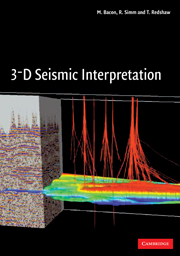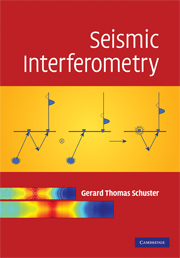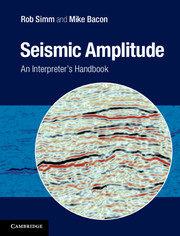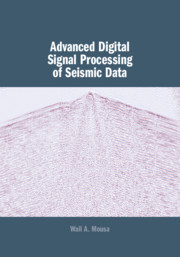3-D Seismic Interpretation
3-D seismic data have become the key tool used in the petroleum industry to understand the subsurface. In addition to providing excellent structural images, the dense sampling of a 3-D survey makes it possible to map reservoir quality and the distribution of oil and gas. Topics covered in this book include basic structural interpretation and map-making; the use of 3-D visualisation methods; interpretation of seismic amplitudes, including their relation to rock and fluid properties; and the generation and use of AVO and acoustic impedance datasets. This new paperback edition includes an extra appendix presenting new material on novel acquisition design, pore pressure prediction from seismic velocity, elastic impedance inversion, and time lapse seismics. Written by professional geophysicists with many years' experience in the oil industry, the book is indispensable for geoscientists using 3-D seismic data, including graduate students and new entrants into the petroleum industry.
- Written by industry professionals with many years' experience of working with seismic data
- Suitable for advanced university courses as well as petroleum industry professionals wishing to learn about 3-D seismic interpretation
- Includes an appendix with fifteen pages of new material to bring this paperback edition fully up to date
Reviews & endorsements
'I found this book very easy to read. Complex concepts are clearly explained and only essential mathematics is included. In particular the chapters on amplitudes and inversion were especially good and have not to my knowledge been adequately covered at an introductory level before. Each chapter concludes with a list of references which can be followed up if the reader requires more detailed information. The book is aimed at geologists and geophysicists who may be new to interpreting seismic data, and although titled 3-D Seismic Interpretation there is much to be learned from within this volume about interpretation of other forms of seismic data. For a comprehensive guide to getting the most out of seismic data [this book] has few competitors.' Geological Magazine
'The authors provide a basic overview of seismic interpretation suitable for newcomers to the industry, or specialists in other fields who need an understanding of the siemic interpretation process. The book is short and very readable. The book is short and very readable. The chapters are broken up nicely into logical and easily absorbed presentations. …offers a comprehensive survey of the entire seismic process from acquisition through interpretation and visualisation, hitting many key technical high points such as rock physics, inversion, and time lapse to name a few. … I would recommend the book to readers who require a quick overview and introduction to seismic interpretation.' The Leading Edge
'… well-written, clearly illustrated and easy to follow. … The … price … is also reasonable, making it affordable for graduate students. This volume should be highly useful for an introductory graduate-level class, but I would also recommend it to anyone wanting to quickly come up to speed on the basics of 3-D seismic interpretation. … the principles of camera optics, practical photography and image processing are solid and well explained, making this book the perfect companion for a budding amateur astronomer.' EOS
Product details
October 2007Paperback
9780521710664
234 pages
247 × 174 × 12 mm
0.47kg
37 b/w illus. 110 colour illus.
Available
Table of Contents
- Preface
- 1. Introduction
- 2. 3-D seismic data acquisition and processing
- 3. Structural interpretation
- 4. Geological interpretation
- 5. Interpreting seismic amplitudes
- 6. Inversion
- 7. 3-D seismic data visualisation
- 8. Time-lapse seismic
- Appendix 1. Workstation issues
- Appendix 2. Glossary
- Index.






